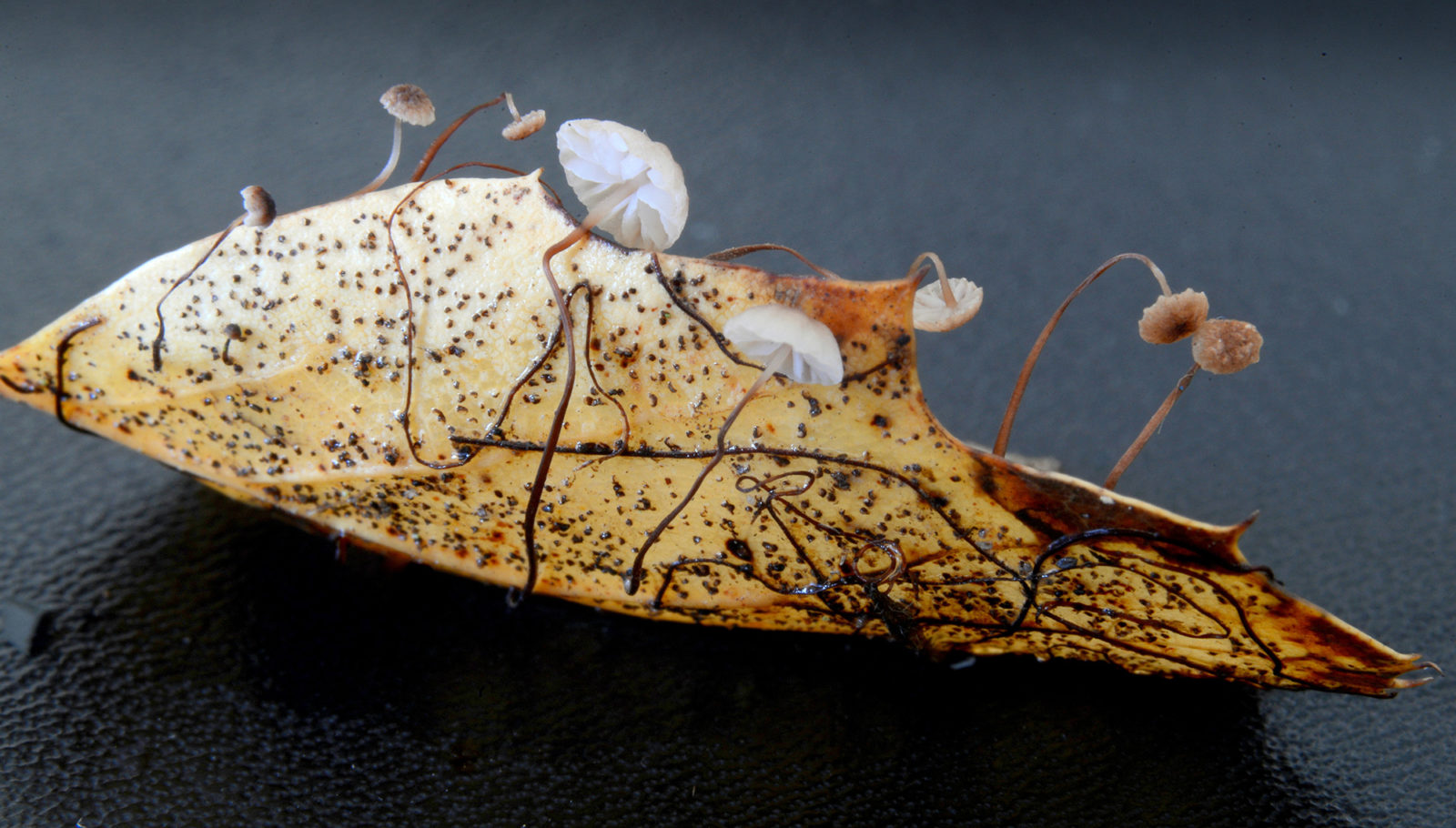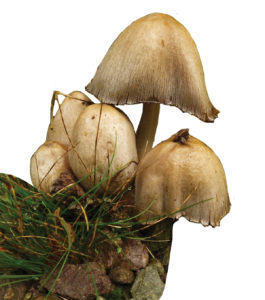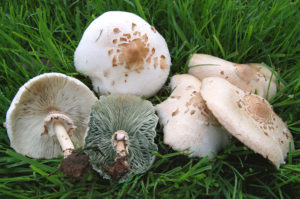What happens to the nutrition in plants when they die, as most animals and birds won’t eat them then? – Christine Hans, Sonoma
The energy that comes from the sun would be nearly useless for animal life if it weren’t for plants. As autotrophs (organisms that make their own nutrients), plants photosynthesize to create important nutrients that all non-plant life depends on. When a plant dies, that nutrition is locked up within the plant’s cells. So how does it get released? The answer … animals, fungi, and bacteria!
An astonishing array of invertebrates like insects, worms, and millipedes eat all that dead plant material. Called detritivores, these animals help break up larger pieces of vegetation into smaller pieces, resulting in more surface area for fungus and bacteria to continue the work of decomposition. For example, when a branch falls off a tree and onto the ground, loads of beetles, termites, and other critters will start munching on the dead plant material. Imaging eating a sandwich by chomping through the middle of it; as they chew through the leaves and wood, things will fall apart into smaller pieces. As the detritivores digest the dead plant and poop out what they can’t use, that waste (called frass) becomes prime food for aerobic bacteria to work its magic and release even more nutrients. But more on that later!
After detritivores do the hard work of turning big dead things into smaller dead things, they’re rewarded by getting eaten by other animals. The result is that a lot of nutrition locked in the dead plant gets cycled back into the food web. In fact, invertebrates are a major link in turning plant matter (living or dead) into protein that keeps animals higher up the food chain alive, from birds to humans.
Of course, we can’t talk about dead plants and decomposition without talking about fungus! The ultimate decomposers, fungi are vital to the process of recycling nutrients back into the environment. Fungi that eat dead stuff are called saprotrophs. Like animals, fungi are heterotrophic, meaning they can’t create their own food like plants can, and need to eat other things to survive. To do this, saprotrophic fungi use enzymes to dissolve the cell walls in plant material and then absorb the nutrients that are released.
Fungi are very efficient at breaking down lignin, the tough material that makes up the cell walls of plants. About 400 million years ago, when a tree died it would fall where it stood and barely break down. Scientists noticed that beginning about 300 million years ago, trees started to decompose — researchers found that this was around the time “white rot fungi” evolved the capability to break down lignin. Interestingly, the formation of coal was significantly reduced during this same period!
The detail work to finish off the process of decomposition is done by aerobic bacteria, which need oxygen to survive. They eat the carbon and nitrogen available after detritivores and fungus have broken things down; and just as with any other living thing, there’s waste as an end result! As it turns out, bacterial waste happens to include important plant nutrients like magnesium and phosphorus. In an environment without much oxygen, like a landfill where trash is compacted, anaerobic bacteria take over the decomposition process and create waste products like methane gas that aren’t as useful (and can even be toxic) to plants and other organisms.
A household example of what happens to the nutrients in dead plants can be found in a compost pile. Throw in your banana peels, the salad mix you forgot about, apple cores, and let it all break down. An investigation into the decaying plant stuff will uncover different types of flies, beetles, worms, and probably some birds hovering nearby, waiting to eat all the bugs you’re uncovering. Microbes like bacteria and fungi are also at work, providing the alchemy that turns plant scraps into healthy soil you can grow even more food with!
The next time you’re outside, find a decaying log and gently flip it over. Underneath you’ll find plenty of animals, fungi, and bacteria busily eating those dead plants and going on about their lives — and helping everyone else get on with theirs!

Ask the Naturalist is a reader-funded bimonthly column with the California Center for Natural History that answers your questions about the natural world of the San Francisco Bay Area. Have a question for the naturalist? Fill out our question form or email us at atn at baynature.org!





